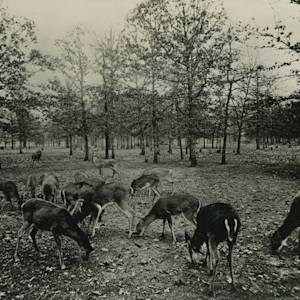Back From The Brink, Iberian Lynx
2007 CE • Spain
Due to habitat loss and degradation, hunting, car hits, and epidemics affecting rabbits, their main prey, the Iberian lynx is the world's most endangered feline species. There are real fears that it may soon become the first cat species to become extinct for at least 2,000 years....In the early 19th century the Iberian lynx was found in Spain, Portugal and Southern France. It has steadily declined since then, falling to the dangerously low levels today. At the beginning of last decade there were only two isolated breeding populations of Iberian lynx remaining in the world, located in southern Spain, and totaling about 100 adult animals, with only 25 breeding females. IUCN's assessment in 2007 stated that the numbers were not sufficient for the survival of the species in the long term , putting this wild cat on the brink of extinction. Thanks to the joint efforts of the Spanish national and regional administrations, different NGOs (like WWF) and the European Union (via the Life projects), the total population is currently increasing.” Today, there are between 84 -143 adult individuals.
Iberian lynx WWF http://wwf.panda.org/about\_our\_earth/species/profiles/mammals/iberian\_lynx/Image
Courtesy of “Programa de Conservación Ex-situ del Lince Ibérico www.lynxexsitu.es”


Learn about Maya Lin’s fifth and final memorial: a multi-platform science based artwork that presents an ecological history of our world - past, present, and future.

Discover ecological histories and stories of former abundance, loss, and recovery on the map of memory.

Learn how we can reduce our emissions and protect and restore species and habitats – around the world.

See how art can help us rethink the problems we face, and give us hope that each one of us can make a difference.

Help make a global memorial something personal and close to home. Share your stories of the natural world.


